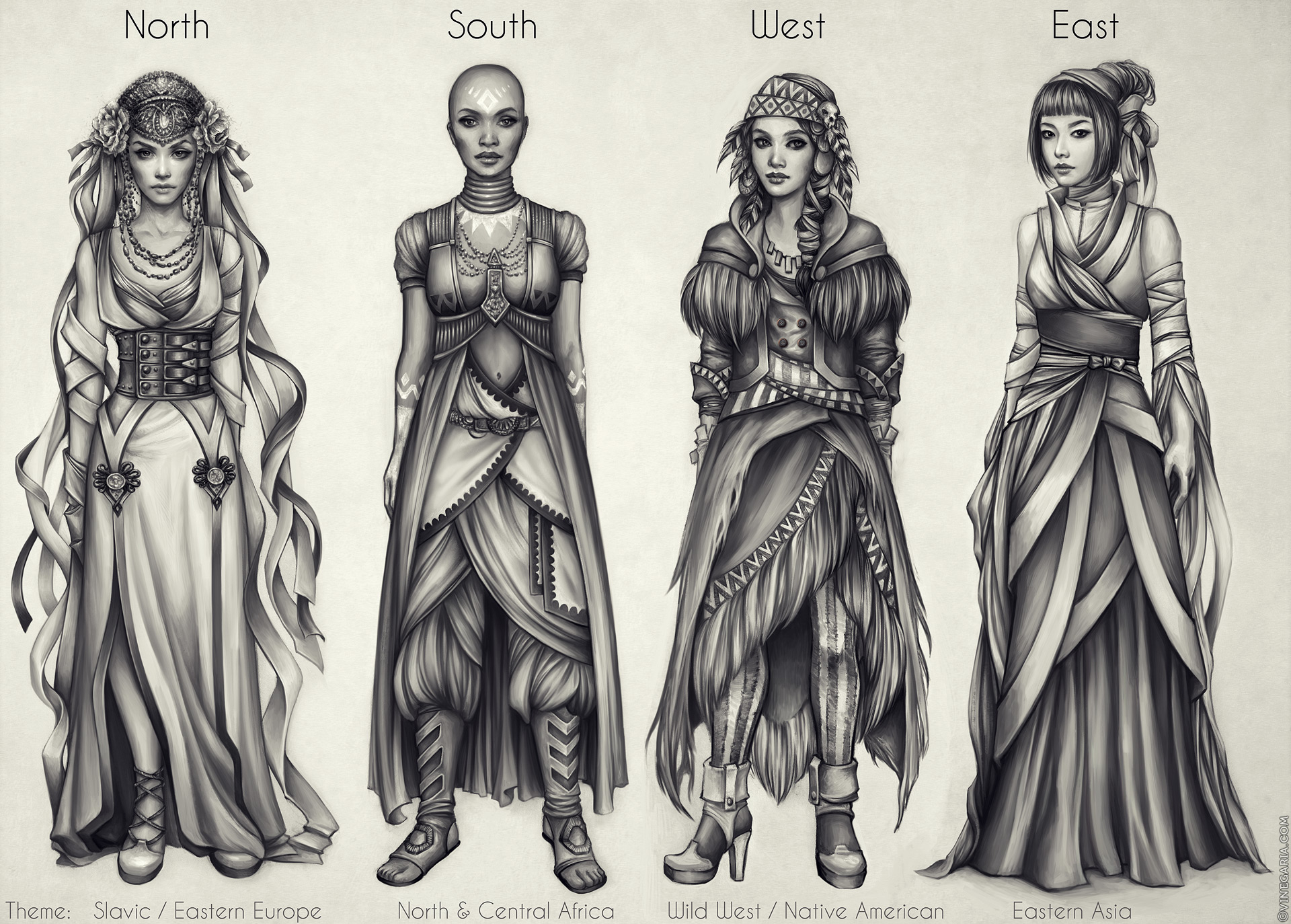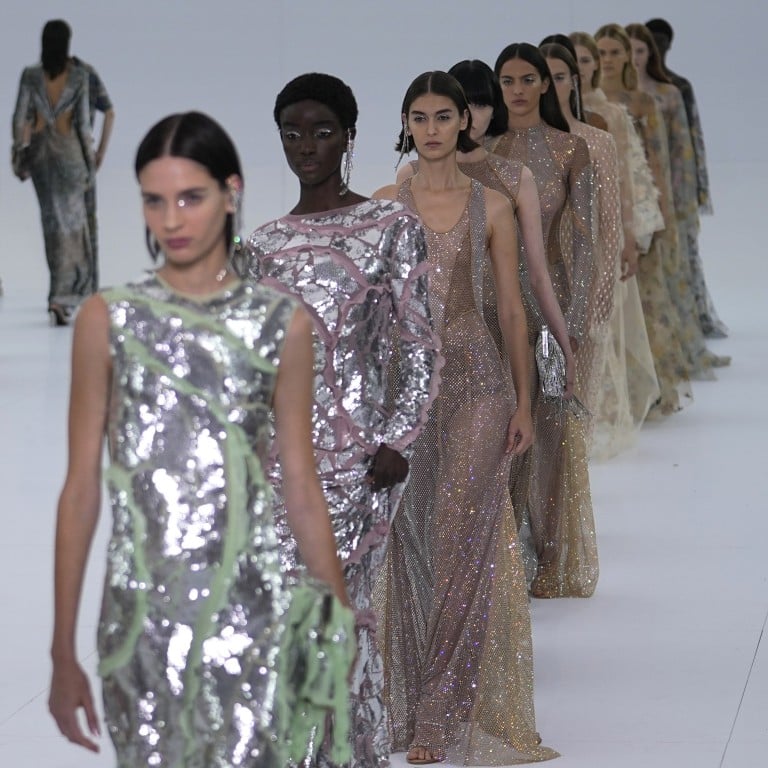Just How to Style Eastern Wear Pakistan Outfits for Contemporary Elegance
Just How to Style Eastern Wear Pakistan Outfits for Contemporary Elegance
Blog Article
Experience the Elegance of Conventional Eastern Clothes
Start a trip through the intricate world of standard Eastern clothing, where each garment tells a story woven with cultural richness and historical relevance. From the vibrant tones of a Chinese qipao to the regal sophistication of a Pakistani shalwar kameez, these garments supply a glance into a world where craftsmanship satisfies creativity. The combination of extravagant textiles and fragile embroidery strategies develops a tapestry of style that goes beyond boundaries and time. Join us as we unwind the tricks behind these elegant items and uncover the appeal of Eastern clothes that has captivated generations.
Background of Eastern Outfit
Eastern attire has an abundant history that dates back centuries, mirroring the varied cultures and customs of areas such as Asia and the Middle East. The clothing designs in these regions have actually been influenced by various variables such as climate, religion, social condition, and historical occasions. In Asia, conventional attire differs significantly from the colorful saris used in India to the elegant bathrobe of Japan. Likewise, the Center East boasts a wide variety of clothing designs, from the flowing abayas of Saudi Arabia to the complex kaftans of Morocco.
Throughout history, Eastern clothes has not just offered as a type of garments but also as a sign of cultural identity and heritage. Today, Eastern outfit continues to develop, blending conventional elements with modern fashion trends to develop classic and one-of-a-kind designs.
Relevance of Embroidery
Embroidery plays an important role in traditional Eastern attire, including complex details and cultural significance to garments that have actually been given with generations. In Eastern cultures, embroidery is not just attractive yet holds deep symbolic significances. Each stitch and pattern can communicate stories, ideas, and also social condition.
The art of embroidery in traditional Eastern clothing is a labor-intensive procedure that needs skill and perseverance. Very experienced artisans carefully hand embroider intricate layouts onto fabrics using methods that have been improved over centuries. These stitched layouts often mirror the rich social heritage of the region they stem from, showcasing themes inspired naturally, folklore, or historical occasions.

Lavish Fabrics Made Use Of
Lavish materials play an essential function in improving the beauty and opulence of traditional clothing throughout diverse Eastern cultures. Silk, renowned for its softness and luster, is a preferred option for many typical garments because of its glamorous feel and capacity to curtain gracefully. In nations like India, China, and Japan, silk has a long background of being utilized in conventional attire, signifying riches and status.
One more widely utilized luxurious material is brocade, identified by elaborate patterns woven right into the material. Brocade includes a touch of sophistication to garments and is commonly seen in ceremonial attire and official wear. Velvet, with its deluxe structure and abundant look, is also a prominent selection for conventional clothes in Eastern societies, particularly for joyful occasions and unique occasions.
Additionally, chiffon, fabric, and satin are regularly utilized for their flowing and light-weight top qualities, including a sense of special and beauty to garments. These elegant fabrics not just elevate the aesthetic appeal of conventional Eastern attire but likewise add to the general appeal and beauty of the user.
Workmanship Strategies
Traditional attire in various cultures showcases remarkable craftsmanship methods that are passed down through generations, highlighting the skill and artistry associated with creating these splendid garments. Each needlework, stitch, and decoration is diligently crafted to develop ageless pieces that embody the cultural heritage and practices of the area. The workmanship methods utilized in traditional Eastern attire frequently involve detailed handwork, such as hand weaving, hand needlework, and hand beading, which need precision and attention to information.
Artisans who specialize in these techniques undertake years of training to best their directory skills and master the typical techniques of garment building. The use of high-quality products integrated with expert workmanship leads to garments that not only look aesthetically spectacular but additionally stand the test of time. The dedication to maintaining these craftsmanship strategies makes sure that each piece of typical Eastern outfit is a job of art, showing the rich social history and heritage of the area.
Timeless Style and Charm

The complex embroidery, fragile beadwork, and extravagant materials used in typical Eastern clothes add to its unparalleled elegance. The precise handiwork passed down via generations makes sure that every piece radiates and informs a story refinement and elegance.
Moreover, the traditional silhouettes and stylish draping of traditional Eastern clothes add to its long-lasting charm. The streaming lines and classy styles develop a sense of harmony and equilibrium that is both mentally captivating and visually enticing.
Fundamentally, the classic elegance and elegance of traditional Eastern clothes act as a testament to the ability and virtuosity of the craftsmen who devote their lives to maintaining these beautiful sartorial customs. - eastern wear pakistan
Verdict
To conclude, the sophistication of typical Eastern attire is a testament to the rich history, cultural value, and intricate craftsmanship of the region. From the fancy needlework to the extravagant textiles and timeless beauty, each garment tells a story and shows the cultural identity of its origins. Accepting Eastern clothes enables one to value the virtuosity and style that have actually been given via generations, developing captivating and truly beautiful pieces.
Embark on a journey through the intricate globe of traditional Eastern clothing, where each garment informs a Visit Website tale woven with social richness and historical significance.Embroidery check my site plays a vital duty in typical Eastern clothing, including complex details and cultural significance to garments that have been passed down with generations.Glamorous fabrics play an essential function in boosting the style and luxury of conventional outfit across varied Eastern societies. The craftsmanship techniques made use of in standard Eastern outfit frequently involve detailed handwork, such as hand weaving, hand embroidery, and hand beading, which require accuracy and interest to detail.
In final thought, the beauty of traditional Eastern clothing is a testament to the abundant history, social relevance, and elaborate workmanship of the region.
Report this page